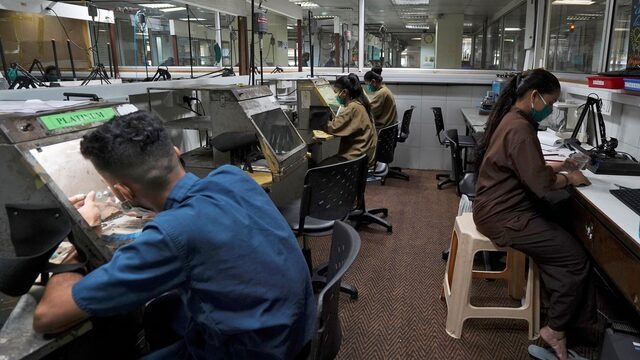In today's India, women are increasingly educated yet conspicuously absent from the job market.
According to the World Bank's Gender Data Portal, India ranked 165th out of 187 countries in female labor force participation rate for 2023. Indian women have a mere 32.7% share in the labor force, a figure starkly contrasting with China's 60.5%.
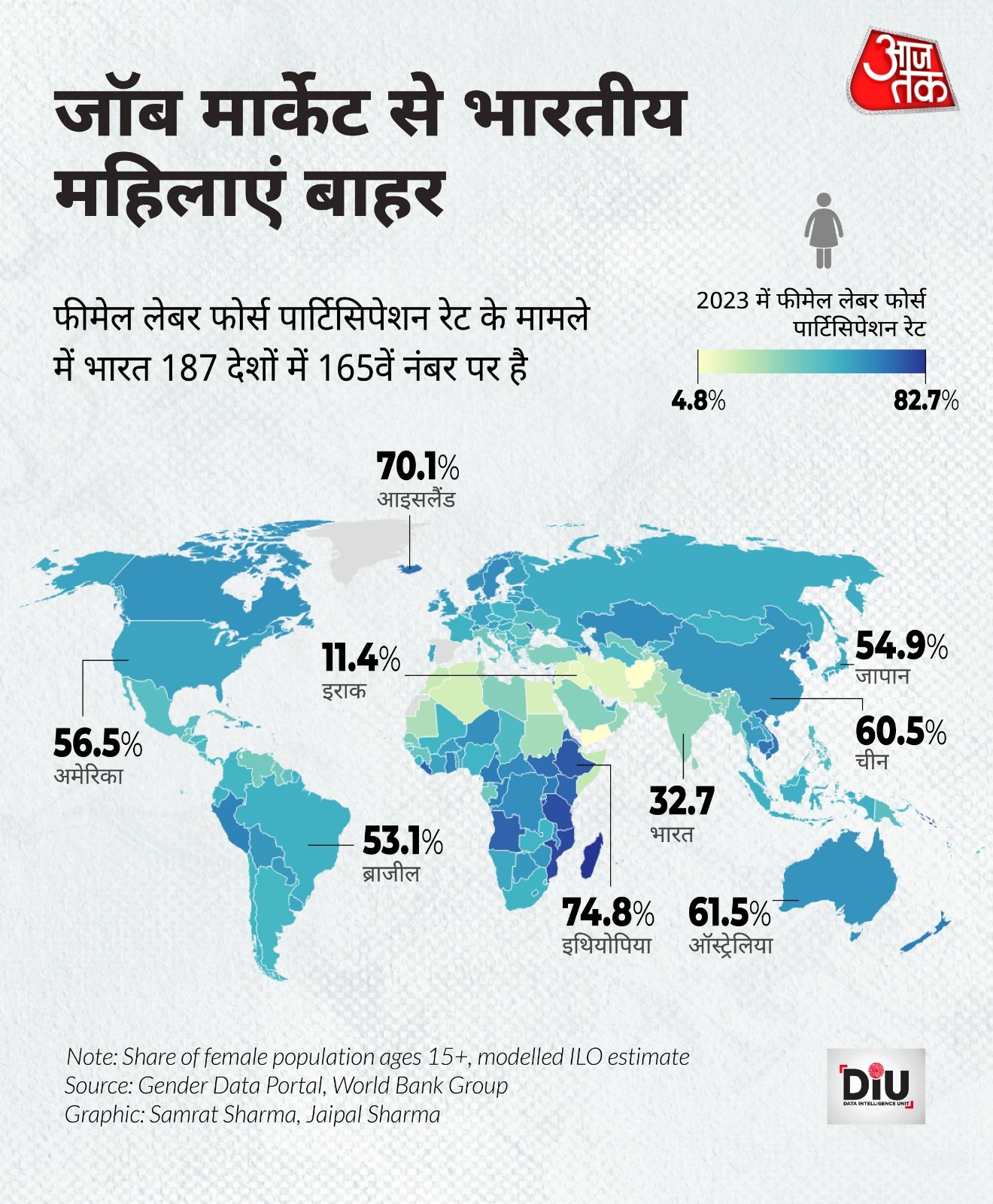
Source: aajtak
Educated but Outside the Job Market
Although Indian women are better educated than ever before, it has not translated into increased workforce participation. This dismal representation in jobs raises profound questions about the barriers they face.
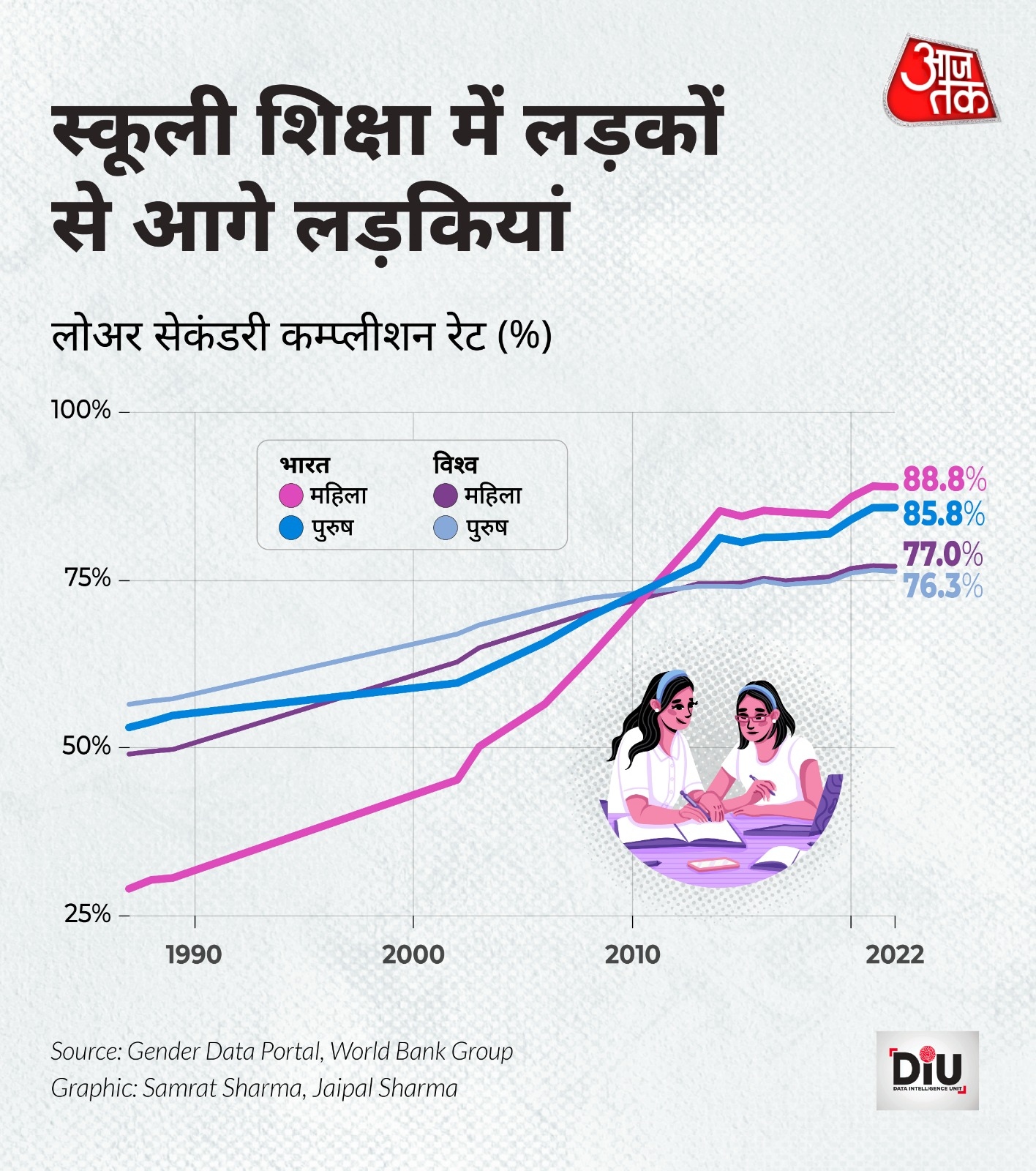
Source: aajtak
Empowering Women: A Government Initiative
Before the elections, Finance Minister Nirmala Sitharaman emphasized 'Nari Shakti' (women's empowerment), highlighting progress made in women's empowerment over the last decade, including substantial loans given to female entrepreneurs under the Mudra scheme.
Despite these initiatives, multiple factors still prevent women from entering the job market.
Challenges for Women in the Workplace
In India, the workplace remains an intimidating realm for many women. A complex web of social and familial expectations, in addition to an often-hostile work environment, keeps them away from employment.
The United Nations reports that insecure jobs, which are prevalent among women, offer neither adequate earnings nor a conducive work environment, undercutting fundamental workers' rights.
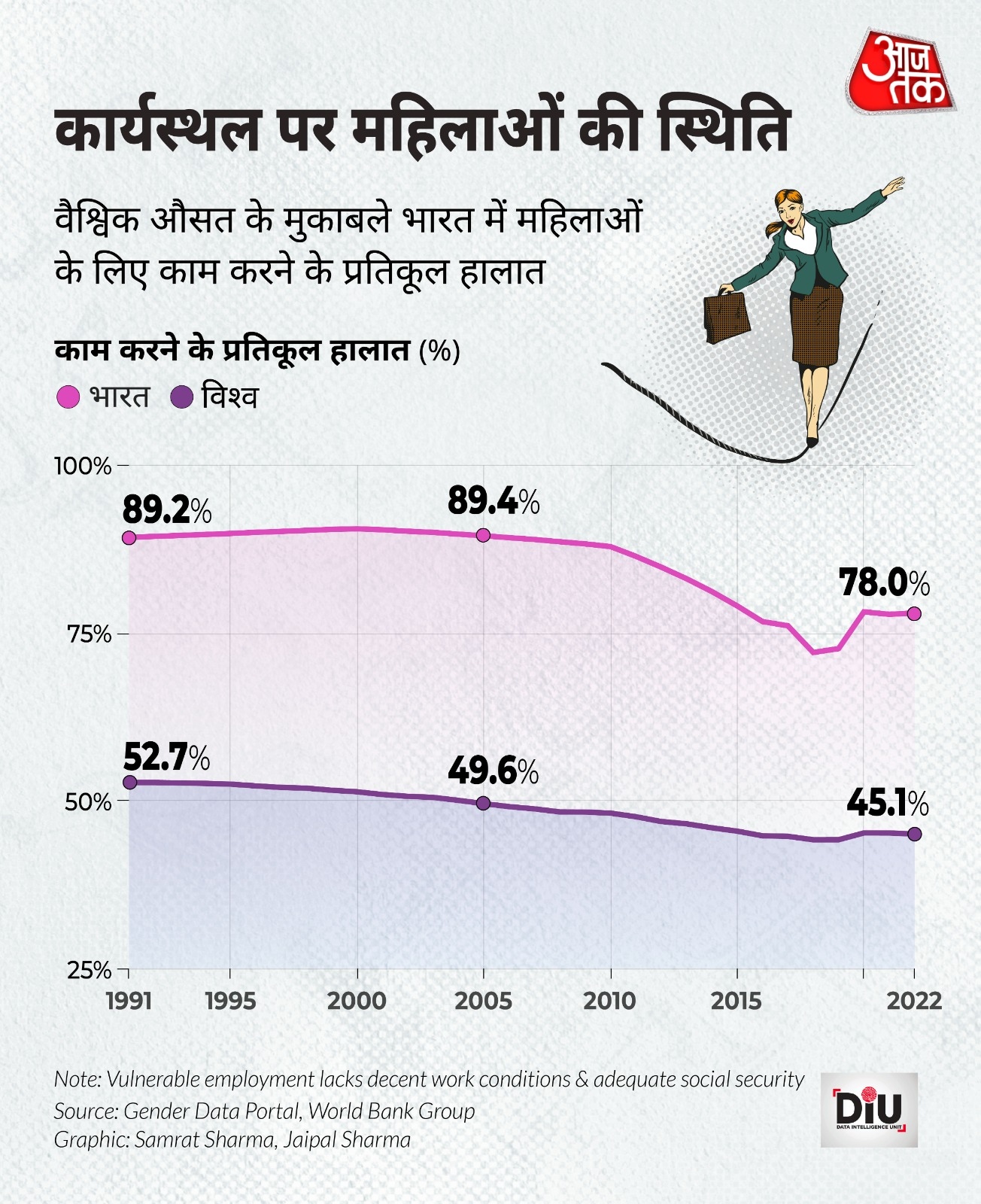
Source: aajtak
Why Aren't Women Joining the Workforce?
A Ministry of Labor and Employment survey in April 2023 highlighted that 45% of women cited domestic responsibilities as barriers to employment. Educational commitments, health issues, and societal constraints were also significant deterrents.
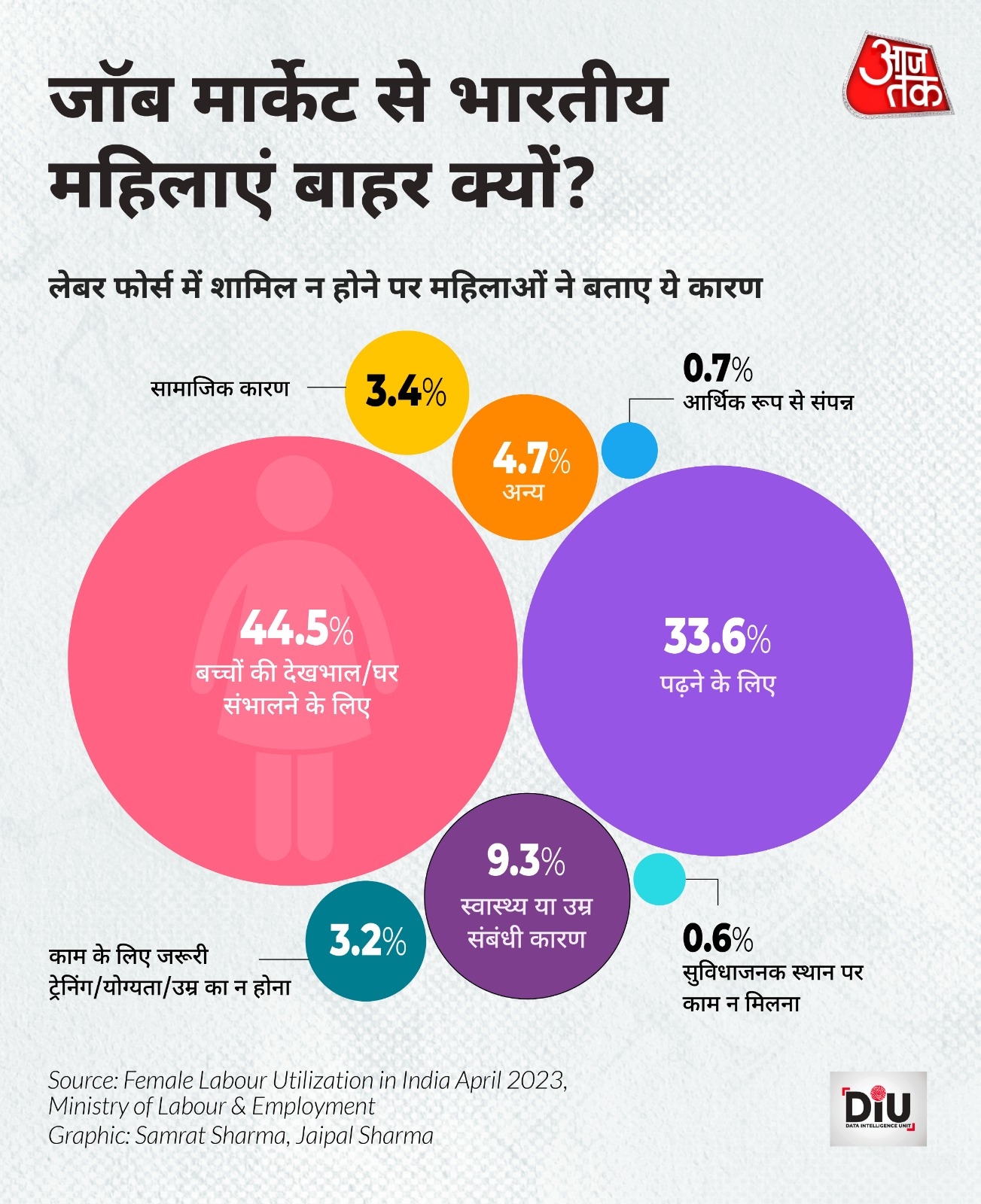
Source: aajtak
Occupations of Employed Women
While a large number of women remain outside the job market, the few within it are precariously employed. Of the 32.8% participating in the workforce, 19.7% were self-employed, managing individual vocations or small businesses.
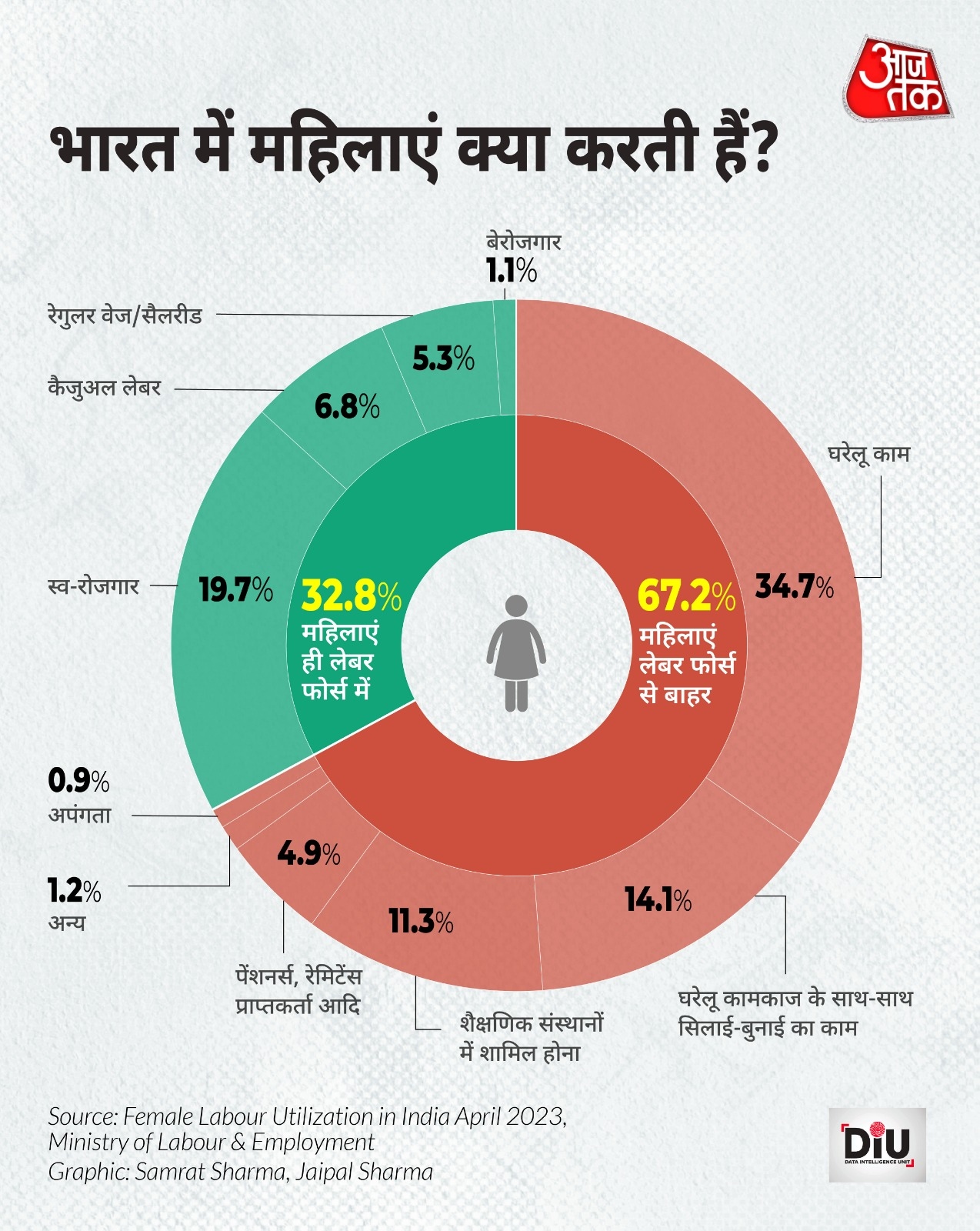
Source: aajtak
Traditional norms and the burden of child-rearing often fall on women, with men bearing the costs of the household. Even when women are permitted to work outside the home, other responsibilities often discourage them from doing so.
How Can the Budget Foster 'Nari Shakti'?
Lakshmi Venkataraman Venkatesan, the managing trustee of BYST, suggests that the 2024 budget could further empower women through initiatives like the Lakhpatis Sisters 2.0 program, entrepreneurial models, and skill development. These could transform the financial dynamics for rural women, pave the way for sustainable earnings, and bolster long-term success.
She advocates for simplifying tax and GST processes to ease the burden on female entrepreneurs and strengthening existing schemes that support women's ventures.
Venkatesan believes that financial incentives such as loans up to 25 lakhs under the CGTMSE scheme, interest subsidies, and capital grants could serve as catalysts for fostering women entrepreneurs.
